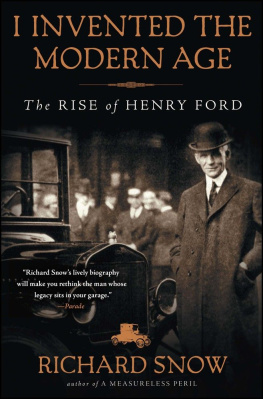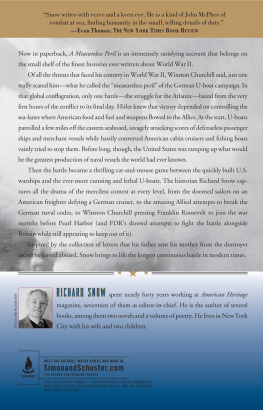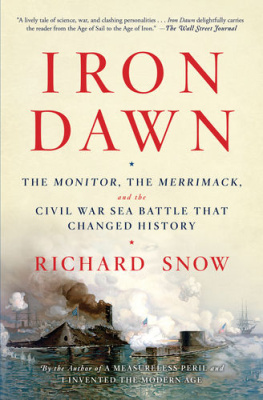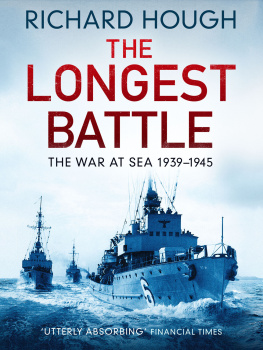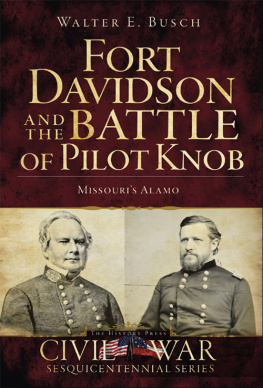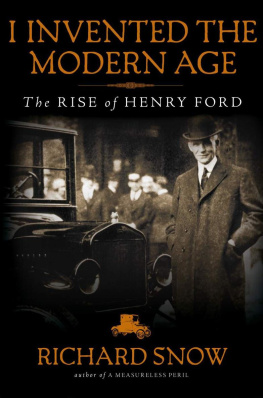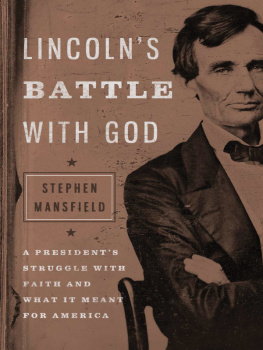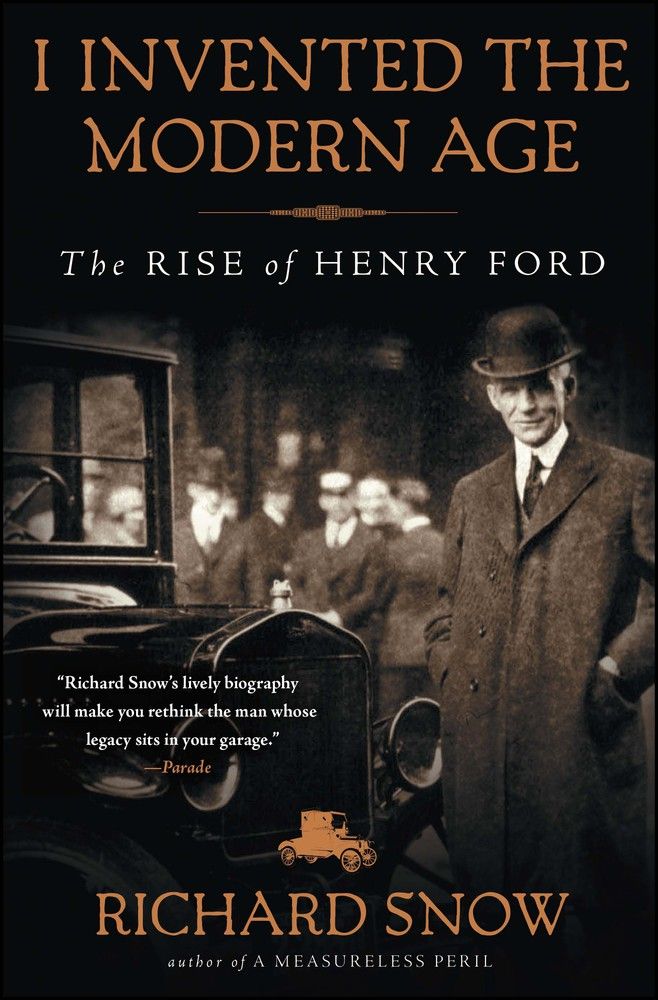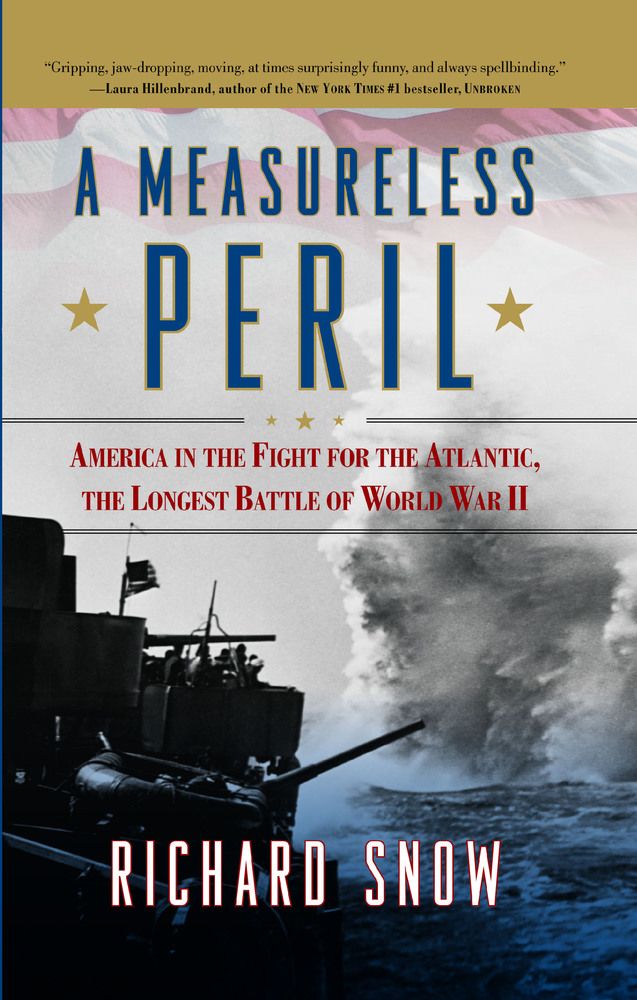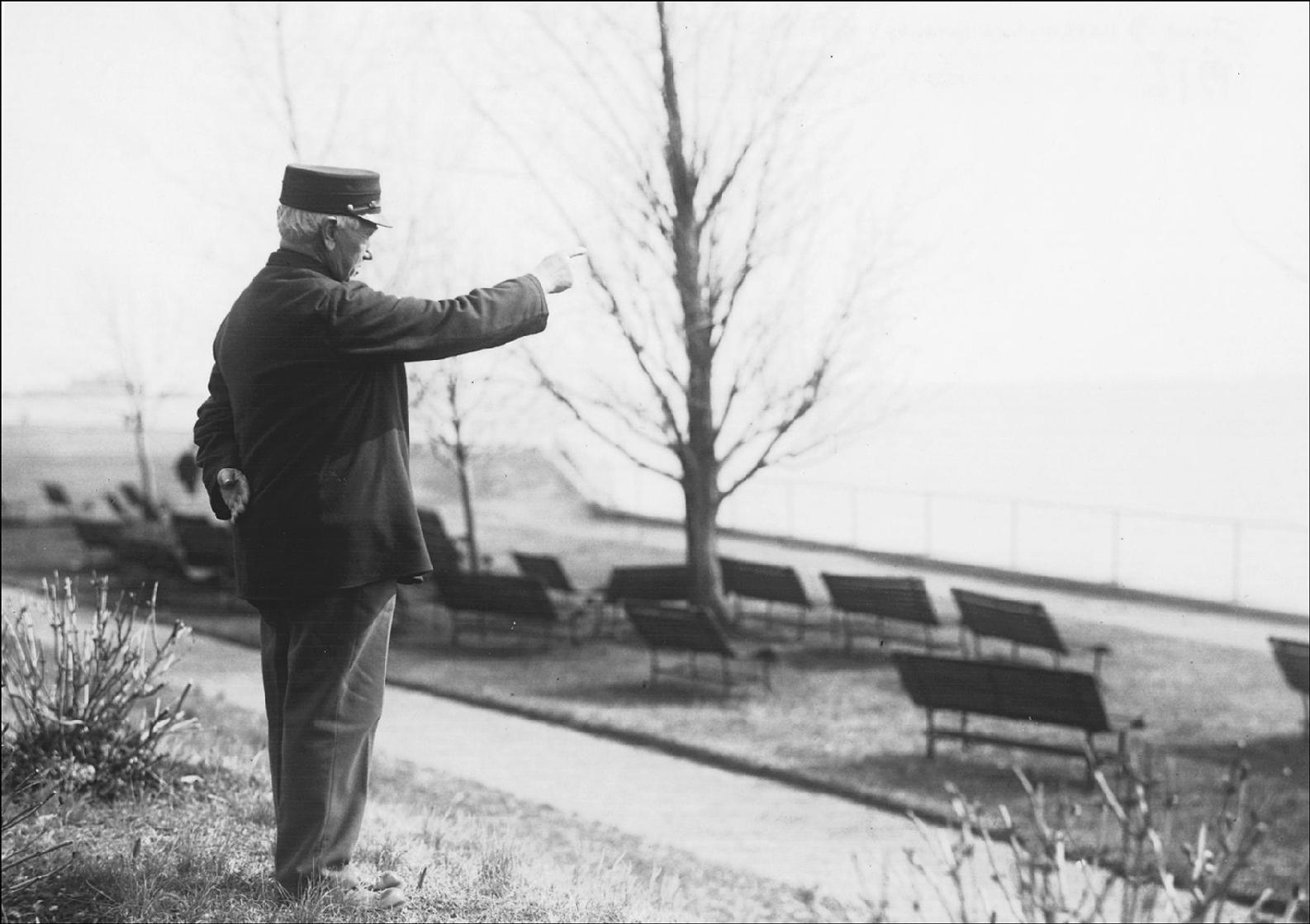We hope you enjoyed reading this Simon & Schuster ebook.
Get a FREE ebook when you join our mailing list. Plus, get updates on new releases, deals, recommended reads, and more from Simon & Schuster. Click below to sign up and see terms and conditions.
Already a subscriber? Provide your email again so we can register this ebook and send you more of what you like to read. You will continue to receive exclusive offers in your inbox.
Thank you for downloading this Simon & Schuster ebook.
Get a FREE ebook when you join our mailing list. Plus, get updates on new releases, deals, recommended reads, and more from Simon & Schuster. Click below to sign up and see terms and conditions.
Already a subscriber? Provide your email again so we can register this ebook and send you more of what you like to read. You will continue to receive exclusive offers in your inbox.
Richard Snow is the author of eight books, among them two historical novels, a volume of poetry, and an account of America in the Battle of the Atlantic during World War II. His most recent work is I Invented the Modern Age: The Rise of Henry Ford. He spent nearly four decades at American Heritage magazine, serving as editor in chief for seventeen years, and has been a consultant on historical motion pictures, among them Glory. He was awarded a John Simon Guggenheim Memorial Foundation Fellowship in 2012.
In 1916 the eighty-year-old John Driscoll, once a fireman on the Monitor , points out across Hampton Roads to where he spent the most eventful day of his life.
T he Monitor and the Merrimack have interested me for nearly as long as I can remember. At summer camp in the mid-1950s I produced a series of pencilings that imagined the meeting between the ironclads, a rewarding subject for a nine-year-old because although the two ships look very different, both are satisfyingly easy to draw. And the drama of their encounter, which took place, as Gustavus Fox observed, just when the novelist would have deployed it, is easily grasped even by a child.
Unlike, say, my early fascination with dinosaurs, this one stayed with me. I spent four decades working for American Heritage , and those two epochal days in Hampton Roads percolated through the magazines pages the whole time I was there. I would find myself embroiled in closely argued controversies about which ship had been the victor, orand this came up oftenwhat properly to call the Confederate contender. I had the good fortune to write about the battle as my micro-contribution to the Burns brothers great Civil War documentary, and to be able to commission my friend Harold Holzerwhose knowledge of the war is about on the same level William Tecumseh Shermans wasto give us an article about the heroic, near-miraculous recovery of the Monitor s world-changing turret.
So I knew that I wasnt alone in my enthusiasm, but I learned just how legion were my fellow enthusiasts only when my terrific editor, Colin Harrison of Scribner (can you think of anyone else who is as good an editor as he is a novelist? I cant), gave me the go-ahead on this project.
One often comes across statistics about Civil War books: something like one a day published since 1861. A surprising amount of them are about those inaugural ironclads. I found not only the sheer number intimidating, but also how good so many of them are. All those who are drawn to the confluence of history, technology, and human courage in Hampton Roads will find months of rewarding reading to engage them. Touching only on relatively recent contributions to the field, Id mention John Quarsteins studies of both ships, which not only tell their careers but also give the individual biographies of their crews; Jim Nelsons lively Reign of Iron ; Harold Holzer and Tim Mulligans The Battle of Hampton Roads , a series of essays examining the most recent scholarship about the battle; and Carl D. Parks Ironclad Down , an absorbing history of the Merrimack grown out of a ship modelers frustration at trying to winnow from conflicting accounts what the never-photographed vessel actually looked like. In Clad in Iron , Howard Fuller gives an impressively thorough account of the battles impact overseas; Donald Canney brings immense knowledge to his books both on the wooden ships of the warring navies and on the ironclads that made them obsolete; Lincoln and His Admirals , by Craig L. Symonds, is the model of how such a collective biography should be written; and in War on the Waters , James M. McPherson has given us a fine account of the whole conflict at sea.
The list goes on and onand back and back, to books born as early as 1862, and certainly to the monumental and always fascinating Battles and Leaders of the Civil War , published in 1887 when most of the veterans were still alive and had plenty to say.
My gratitude keeps expanding: to the historian Edward L. Ayres, who told me the iron-plated/contem-plated joke, and to Claudia Jew, who directs photographic services at the Mariners Museum in Newport News and who energetically saw that I got the pictures I needed just as soon as I wanted them, and to Anna Gibson Holloway, who is maritime historian at the Park History Program there. Dr. Holloway saved me from a serious gaffe. A couple of years ago, eBays sloppy, infinite, glorious souk turned up a photograph that I was excited to lay hands on. Although a press picture issued in the 1960s, it copied a century-old photo that, the caption said, showed crewmen repairing the Monitor. As far as Id known, the only photos of the shipand we are damned lucky to have anywere taken in the James River the July after the battle with the Merrimack. But here was the Monitor being reconditioned in the Washington Navy Yard that fall!
Fortunately I was prudent enough to send a copy to Dr. Holloway, who agreed that the photograph was extraordinary, but, alas, not of the Monitor ; rather, it showed the Passaic -class Lehigh a year or so later.
Beyond this particular debt, I must thank Dr. Holloway for the extraordinary job she and her colleagues do with their museum. Along with all the other maritime history the Mariners unfurls, it makes the Hampton Roads action immediate even before one gets to the Monitor s turret and its Dahlgrens. The very first artifact you encounter is thrilling: a Merrimack gun with its muzzle shot away in the first days fighting, its trunnions bearing the scars of the futile efforts to hammer them off as the Union abandoned the Gosport Navy Yard. This museum is worth a special detour if you find yourself within five hundred miles of it.
American Heritage was one of the first voices to assert that a photograph or a painting can be as revelatory and significant a historical document as any title deed or diary or muster roll, so Id had a fair amount of experience with visual sources. But not until Scribner started publishing my books did I have to supply the illustrations myself.

